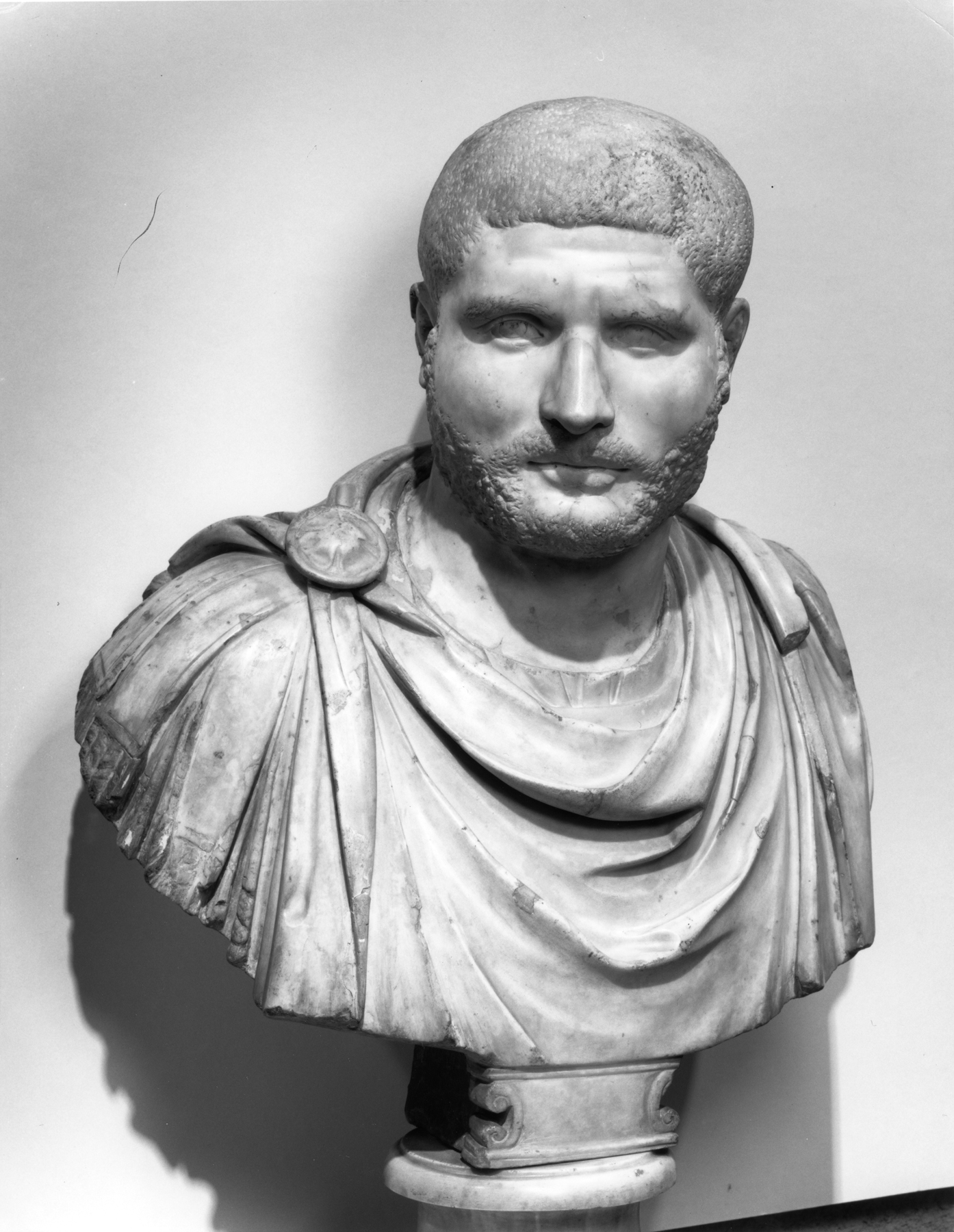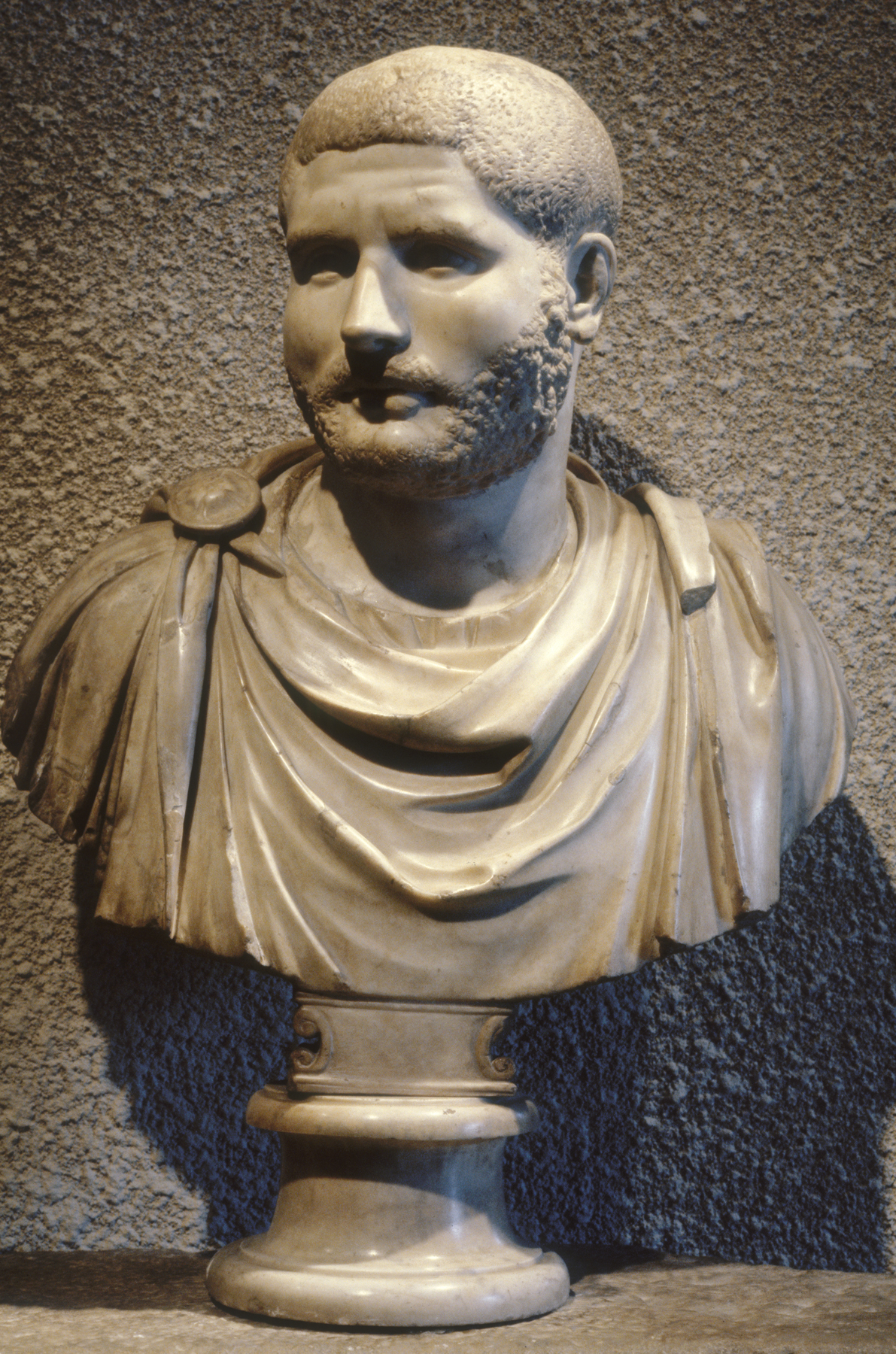Portrait of a Man
(Roman Empire )
This bust was probably carved several decades after the reign of Emperor Caracalla (reigned 211-17 CE) and bears many similarities to that emperor's portrait type, which had an enormous influence on the private portraiture of the following generation. Caracalla's later portraits have animated expressions, and the head is often turned to his right, giving the impression of movement. This example imitates the emperor's image but has the individual's own distinct features. (The nose and ears are restored.)
Provenance
Provenance (from the French provenir, 'to come from/forth') is the chronology of the ownership, custody, or location of a historical object. Learn more about provenance at the Walters.
Don Marcello Massarenti Collection, Rome, by 1894, [mode of acquisition unknown] [marble no. 30]; Henry Walters, Baltimore, 1902, by purchase; Walters Art Museum, 1931, by bequest.
Conservation
| Date | Description | Narrative |
|---|---|---|
| Technical Report | x-ray diffraction; other | |
| 6/22/1961 | Treatment | cleaned |
| 7/6/1970 | Treatment | cleaned |
| 4/26/2001 | Treatment | cleaned; repaired; loss compensation |
Geographies
Italy, Rome (Place of Origin)
Measurements
28 9/16 x 21 1/4 x 11 7/8 in. (72.6 x 53.9 x 30.2 cm)
Credit Line
Acquired by Henry Walters with the Massarenti Collection, 1902
Location in Museum
Accession Number
In libraries, galleries, museums, and archives, an accession number is a unique identifier assigned to each object in the collection.
In libraries, galleries, museums, and archives, an accession number is a unique identifier assigned to each object in the collection.
23.186




